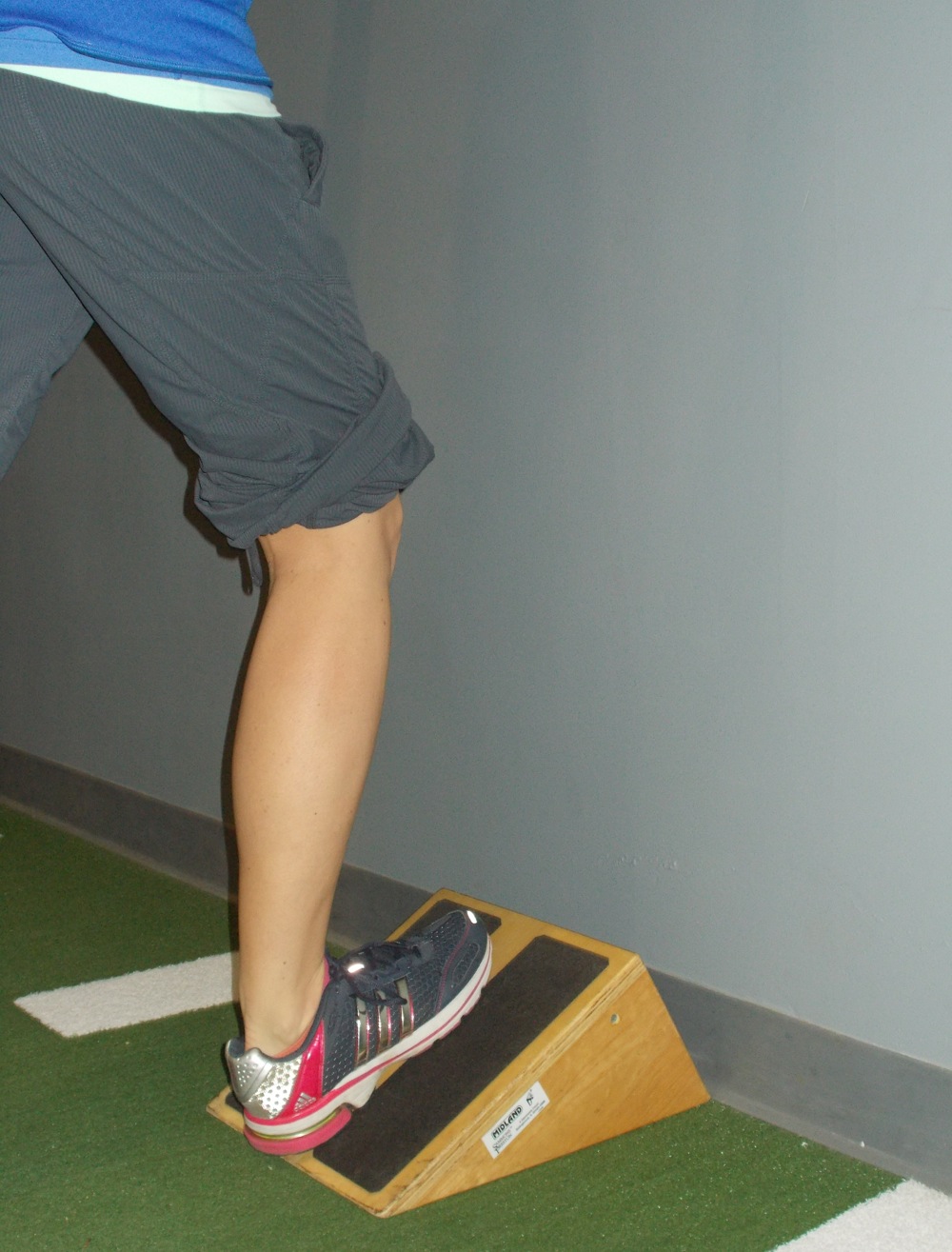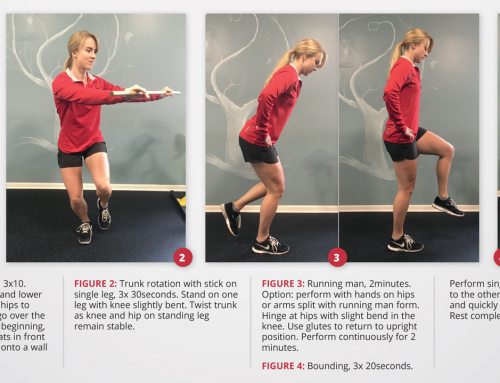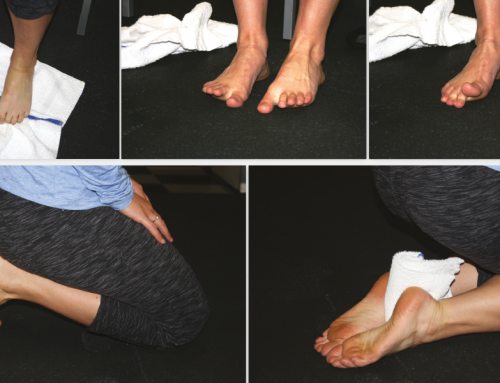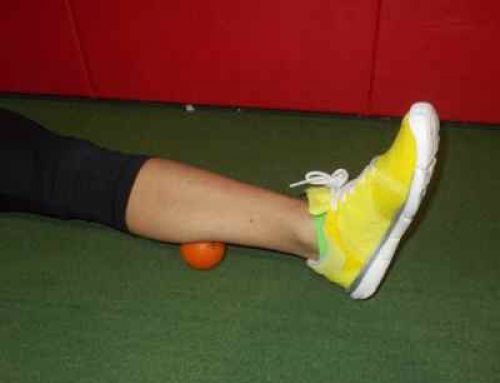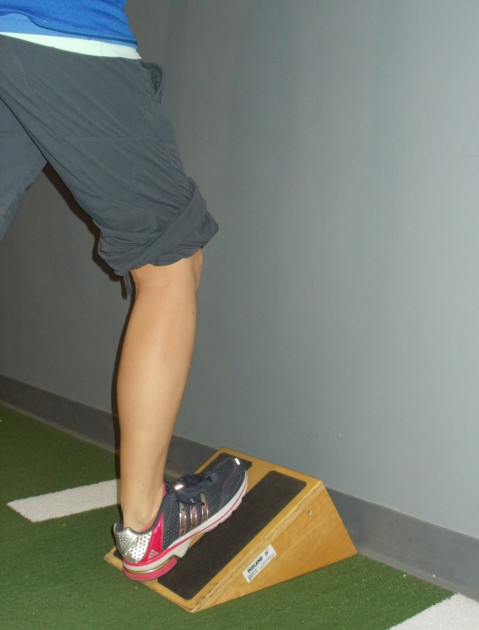
By Brian Schiff
Most runners are very much in tune with their bodies when it comes to aches and pains felt during or after a run. However, they are typically much less aware of asymmetries and the presence of poor stability or limited mobility in their lower body. Identifying these weak links in the kinetic chain will help prevent injuries and optimize running performance.
Whether you are training for your first 5k or training to set a PR in an upcoming marathon, undergoing a functional movement screen (FMS) is an excellent way to uncover specific deficiencies in your body. The FMS assesses seven different movement patterns in an attempt to detect left-to-right asymmetry, as well as discover limited mobility and stability. A perfect score is 21; however, the creators suggest that scoring 15 or higher is the desired mark, as it correlates to overall lower injury risk.
I utilize the FMS to identify weak links and imbalances in clients to improve training strategies, prevent injury and guide their return to activity recommendations. Inefficient movement will cause compensations that force a joint to move in an unnatural manner. As such, the body will often sacrifice quality of movement with running in order to keep pace. Resultant compensatory movement leads to repetitive microtrauma, which in turn leads to more long-term disabling injuries.
One of the most common limitations I see in runners is restricted ankle dorsiflexion. Adequate mobility is measured by the ability to stand in a staggered position with the front foot five inches from a wall and lean toward the wall (calf stretch position), allowing the knee to bend while being able to touch the kneecap to the wall. The knee must remain in alignment over the second toe while keeping the foot neutral throughout. Tightness or asymmetry is a red flag for distance runners.
Limited dorsiflexion impacts the gait cycle in mid-stance and becomes magnified in hill running, where even more of this particular motion is required. Ankle mobility restrictions can be quickly discovered using the deep squat maneuver in the FMS. Many runners lack adequate ankle mobility, thereby leading to excessive pronation.
Excessive pronation contributes to plantar fasciitis, tendonitis, anterior knee pain, IT band syndrome and even hip and back pain. If a client demonstrates diminished ankle mobility on the deep squat maneuver, it must be determined if the restriction is in the joint or soft tissue (or both). The following stretch is an effective way to improve ankle dorsiflexion mobility.
Bent knee wedge or step stretch: Using a low box or slant board, place the ball of one foot on the box or board while the rear foot is flat on the ground. Next, allow the knee of the stretch leg to bend and move forward beyond the foot as you lean forward into the stretch. Hold the stretch for 30 seconds and repeat two to three times. Be sure to avoid flattening of the arch and collapse of the knee inward as you lean forward.
Using this technique daily will markedly improve ankle dorsiflexion. Even the smallest mobility deficits can create large amounts of pain as your daily and weekly mileage climbs. In light of this, I suggest undergoing a functional movement screen prior to gearing up for your next big race to safeguard your body and learn how to improve running efficiency and performance.
# # #
Brian Schiff, PT, OCS, CSCS is a sports physical therapist and supervisor at the Raleigh location of Athletes’ Performance at Raleigh Orthopaedic. The Raleigh and Cary Athletes’ Performance locations currently offer free injury screens for runners, cyclists and triathletes. For more information, visit www.apcraleigh.com or www.apccary.com.


